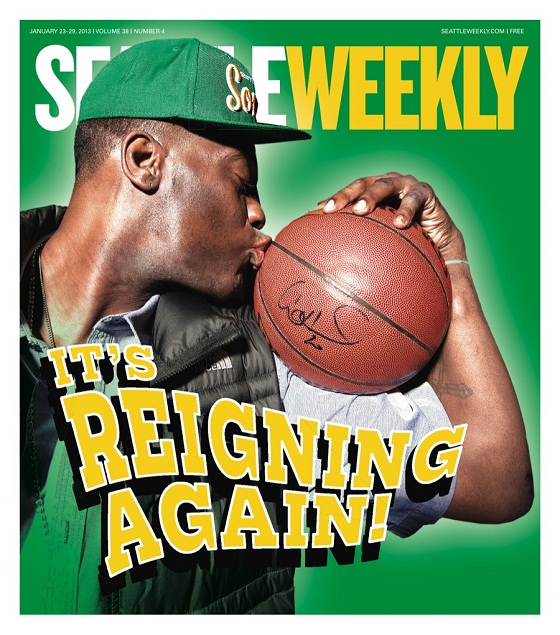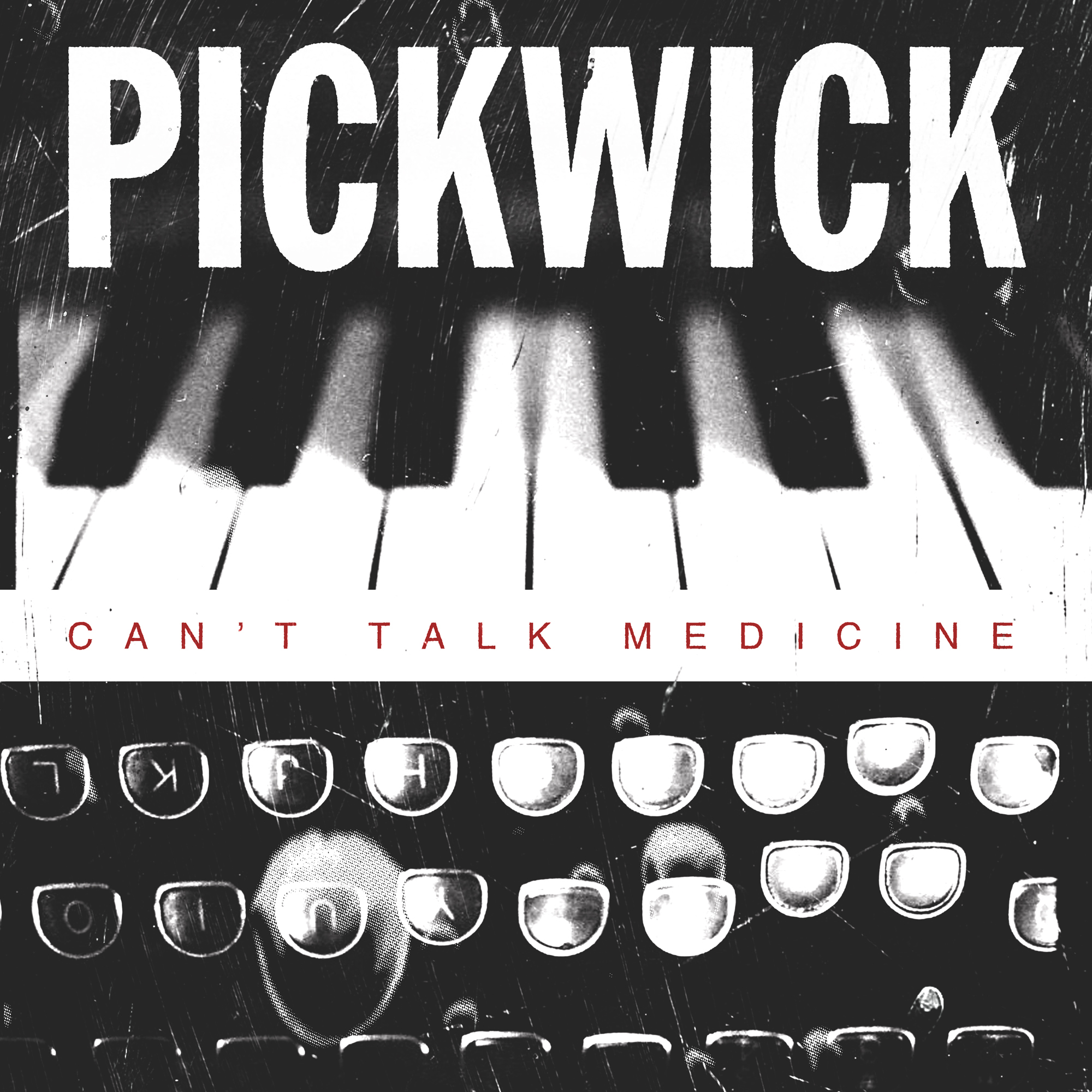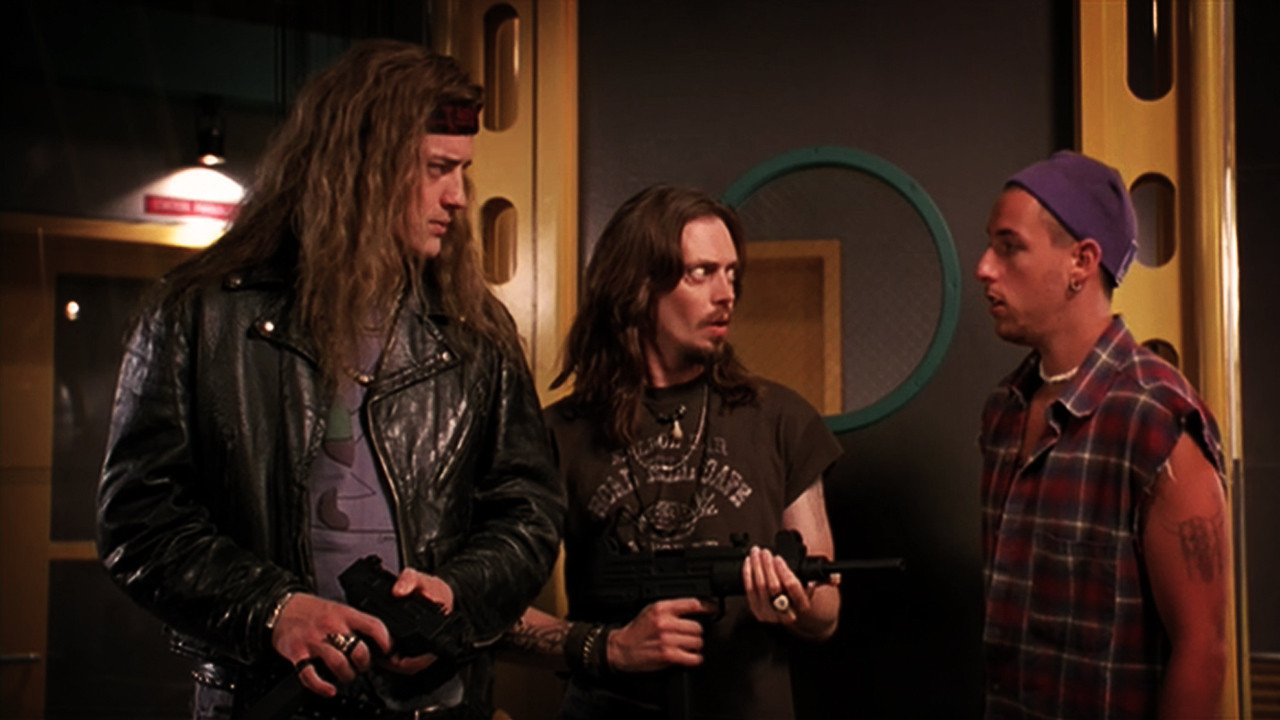There was a moment during LCD Soundsystem’s set at the Sasquatch! Music Festival (over Memorial Day weekend at the Gorge) when the crowd was beside itself with ecstasy, throwing their arms into the air in unison as frontman James Murphy sang “Yeah, Yeah, Yeah.”
Far from a household name, LCD’s booking epitomizes the new strategy at Sasquatch!, a festival that serves as a tidy microcosm of the independent music scene in 2010. Much has been made of Sasquatch!’s decision this year to forgo multiplatinum headliners (Jane’s Addiction, Nine Inch Nails, and Björk have topped the bill in past years) in favor of a lineup of what in comparison are niche acts: The National, MGMT, Vampire Weekend. That the move paid off—Sasquatch! 2010 was the most successful to date—proves that the festival is tuned in to the fact that its listeners are more interested in a well-curated cornucopia of bands than in a lineup of one megastar and a collection of also-rans. It’s not that bringing in a headliner makes it a festival; it’s that a festival makes bands, that the festival itself is the headliner.
“I think really what you’re seeing with Sasquatch!—which I also feel like we experienced at Sub Pop—[is that] we should just have bands here that we like,” says Steve Manning, a former director of publicity at Sub Pop who worked the Capitol Hill Block Party this summer. “Instead of picking a headliner, why not go with a stacked schedule and have a really diverse lineup, but stuff that’s really in the indie canon at the moment, and that’s going to change every year.”
This summer, while Sasquatch! was selling out two months in advance, many established acts from Limp Bizkit and Christina Aguilera to Lilith Fair to Van Morrison were canceling, scaling down, or virtually giving away tickets at $10 a pop. Bumbershoot was wise to the declining impact of headliners, too, and strategic booking helped them mostly escape the headliner hex of 2010. For the first time in its 40-year history, the three-day festival offered tiered pricing, with standard tickets at $40 and advance tickets entitling holders to everything but the mainstage headliners at $22.
The chance to see Bob Dylan for $40 caused his set to fill Memorial Stadium to a capacity perhaps not seen since Beck’s fire-code-melting affair in 1997. And the pairing of Hole—featuring Courtney Love, a character of infinite interest and curiosity, particularly to local fans—and Weezer, a cross-generational guilty pleasure, helped Bumbershoot move almost all of Sunday night’s mainstage tickets. But when R&B diva Mary J. Blige closed the festival on Monday night, Memorial Stadium wasn’t even half full.
The summer concert season has put into focus a new definition of “indie”—now less a musical genre than a label for a group of listeners as interested in Mos Def as Fleet Foxes. In another sense, everybody’s indie these days—it’s an intangible, a marketing tool adopted by publicly traded companies like Warner Music, which sports a “Warner Music Group’s Independent Label Group” that includes Death Cab guitarist Chris Walla’s Trans imprint and local pop concern The Lonely Forest.
Indie is defined more by its audience than by musicians. It’s more important to a fan to get in on the ground floor of a band than to stick with it; more crucial to have a varied palette of musical colors on one’s iPod than a deep trove of a single genre.
“That’s what Pitchfork is, which is cool as far as academia if you want to be the guy who knows what’s up as far as hot new music,” says Pearly Gates Music’s Zach Tillman, referring to the tastemaking website. “But you don’t really see a lot of those bands hanging out for a long time on Pitchfork.com.”
Sasquatch! captured the zeitgeist masterfully, booking African rock–inspired Fools Gold to play a bill that included drippy acoustic fare like The Tallest Man on Earth, tent-revivalist rockers Edward Sharpe and the Magnetic Zeros, and trip-hop visionaries Massive Attack, along with plenty of indie-rock fare (Minus the Bear, Dirty Projectors, and Tegan and Sara) that didn’t veer far from the indie mold set by the likes of Death Cab, Modest Mouse, and the Shins.
That Sub Pop is an independent label—though 49-percent–owned by Warner—is less important to its indie cred today than the fact that its roster reflects an eclectic mix of artists in genres like garage, punk, and hard rock that appeal to niche audiences as well as to an umbrella of label-loyal fans who snatch up all of the above. There’s no better example of how this is playing out than Sub Pop’s recent signing of Seattle hip-hop duo Shabazz Palaces, which has become a local obsession that sprawls far beyond rap circles.
“It used to be…if I loved a band and they went to a major label, I pretty much crossed them off my list,” Manning says about the changes in the industry over the past decade. “Now that doesn’t matter. Whether bands are putting records out on tiny, tiny labels or on major labels, there’s not this thing about selling out as there used to be. I think the music scene has changed dramatically. People are more open to exploring new music. People in their 20s and 30s are locally driven by KEXP, [and] they’re exposed to such great stuff.”








